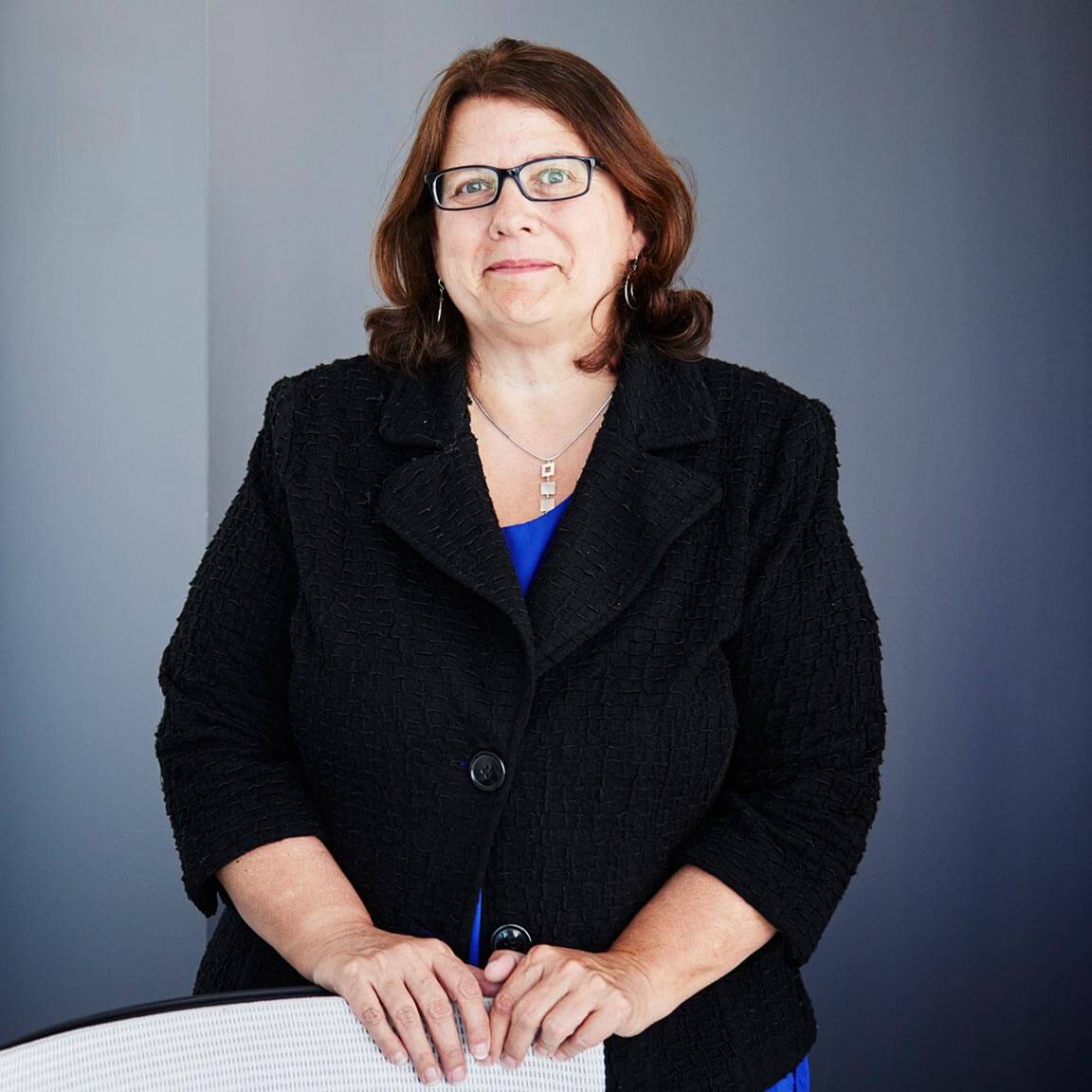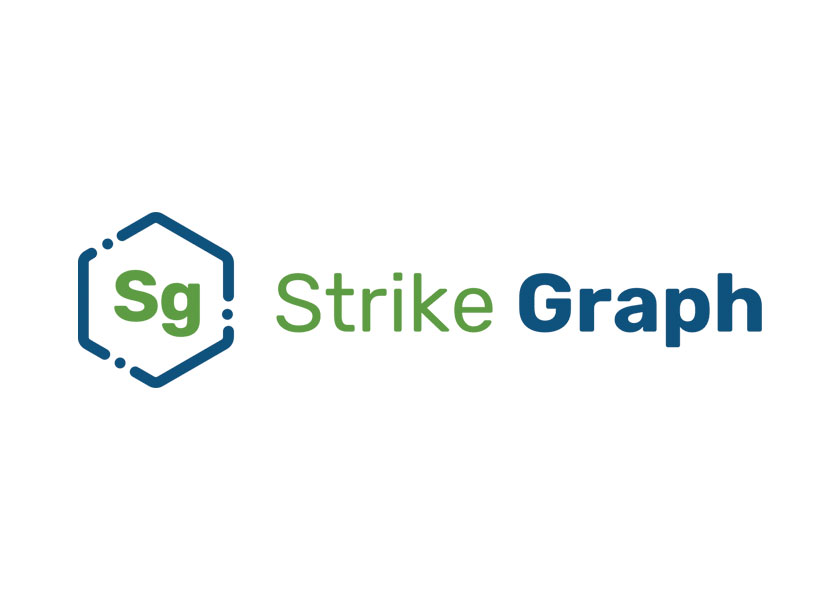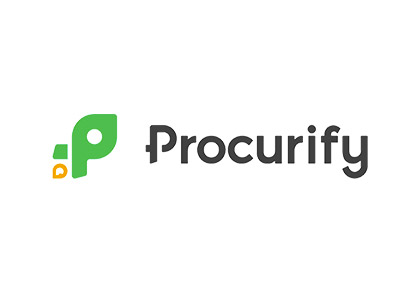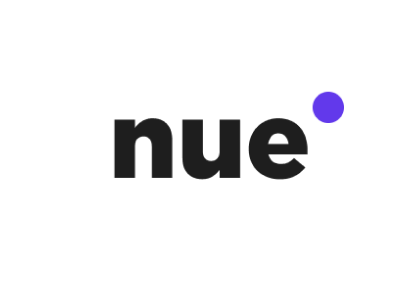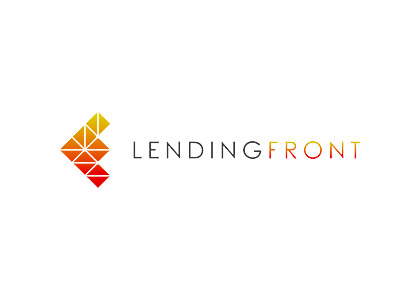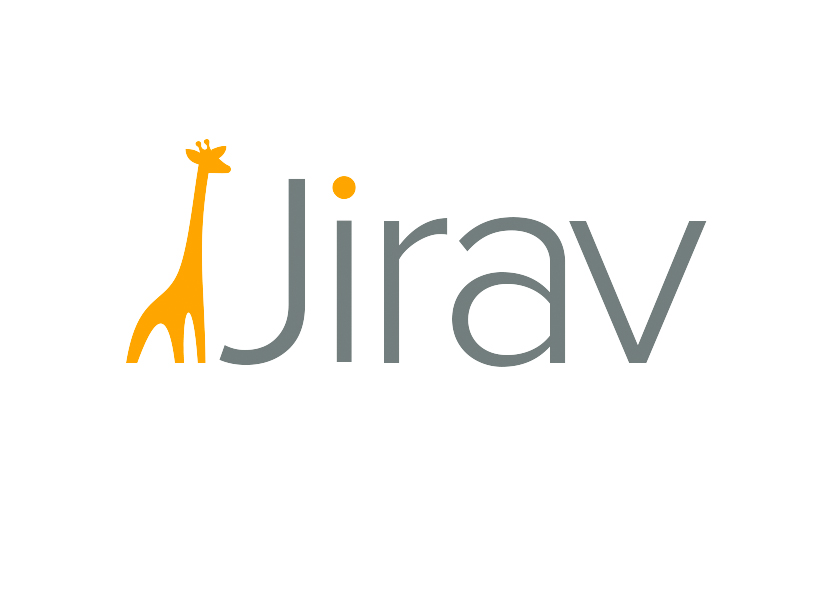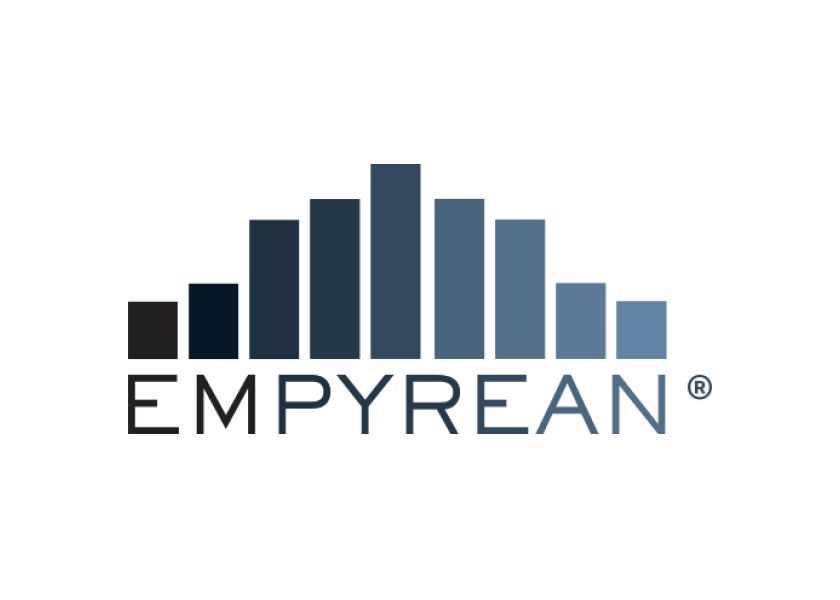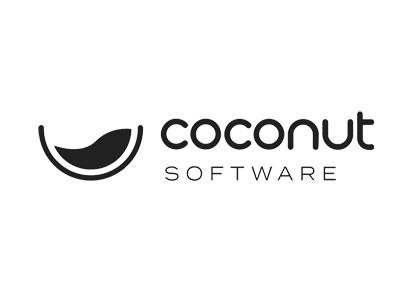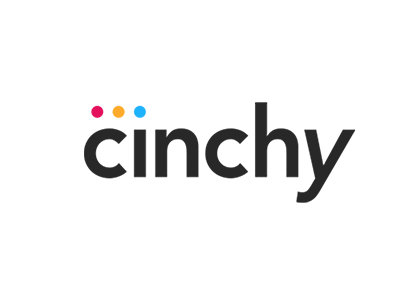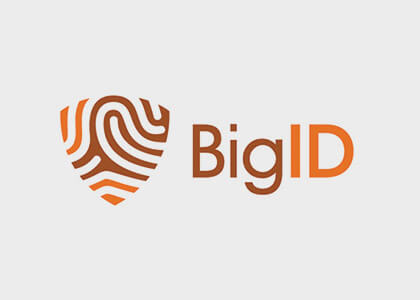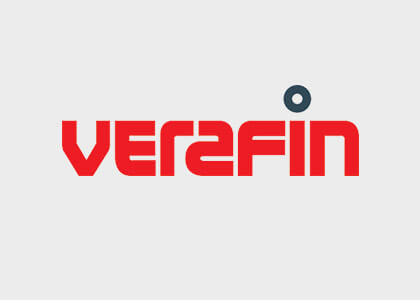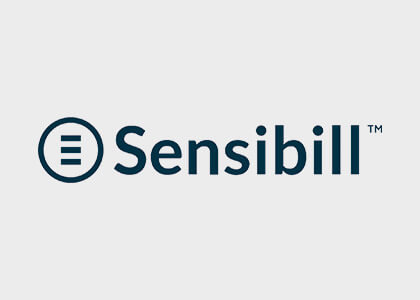Back to Basics
The incredible expansion of the global economy in the past ~fourteen years, driven in large part by low interest rates and the availability of risk capital, is now coming to an end. However we remain incredibly optimistic about the next fourteen years in FinTech and the B2B software market at large. In order for the tailwinds in software to continue in the near term, it requires (a) operators to accept and adapt to this new future, and (b) for many VC investors to stray away from the “herd mentality” equilibrium that seems to exist right now.
Founders and investors have already begun to recalibrate on what “good” looks like for the new climate. It is now cliche to reiterate that these bear markets are where great companies are made. But why is that saying actually true? In large part, it is because the magnitude of second-order innovations built off the foundation of the last fourteen years will be immense given the sheer amount of innovation and experimentation over this period. Not just in our investment focus areas, but broadly across technology. As an example, some of the most important FinTech infrastructure companies were cemented during this period (see Stripe, Plaid, Marqeta as only a few examples).
Yes, some initial innovations did not quite stick. But during this same period, many founders had their first (or second or third) taste of entrepreneurship. With fourteen years of data (successes, failures, and everything in between), founders can “watch the tape” and really learn from it. Those first-order innovations from the last fourteen years have a purpose. It is now up to founders to determine the meaningful innovations and pair that with their unique market insights to create products that build upon those innovations, learnings and are second-order innovative.
While no one has a crystal ball on what equals success we suggest it’s about time we go back to basics and build something meaningful and profound. Here are three basic themes (the 3 Bs) that will allow FinTech founders and funders to better optimize for success:
(1) B2B
Better Than Ever
Venture-backed startups generally have 18-24 months to demonstrate milestones to raise your next round. More than ever, milestones mean revenue, durable revenue growth, and unit economics (and eventually cash flow!). In the past era of expansion, many venture dollars subsidized customer acquisition costs and unsustainable incentives (discounts, free usage) and marketing spend to acquire that next user. In consumer FinTech, many tech enabled financial services companies were formed with mostly untenable unit economics. Many of these businesses just do not have the resilient business models required in an environment with high interest rates and low GDP growth. Investors and founders have been and will be burned investing in these business models. They will look towards B2B instead. B2B FinTech spend is resilient as we have witnessed in prior cycles, particularly as you move up-market.
(2) Back Office Software
It’s Back
But it never really went away. In the past expansion phase of the economy, one could build a large venture-scale company that focused on helping customers get more leads (e.g., MarTech) or revenue. These “vitamins” were sold to the revenue-generating department – “front office”. We’re in a different game now. Cash efficiency and savings are more important than ever, especially due to the rising cost of capital. Any startup not emphasizing cost savings as a key thesis of its solution will suffer. Whether it is an SMB, maniacally focused on cash runway – or a mid market prospect, scrutinizing its working capital – or a large cap publicly traded company receiving board and shareholder pressure to increase free cash flow or earnings per share, all companies are feeling the burn. FinTech companies that help automate and improve the backbone/back office of FIs and other organizations will be prioritized (i.e., the “painkillers” versus the vitamins).
(3) Bundling
In Different Forms
This last era of expansion has led to an unprecedented unbundling of incumbent software and processes. Best in class point solutions have traditionally seized market share in the quest to move fast and gain a competitive edge over others. The software cycle typically rotates between an era of bundling, followed by an era of unbundling. But this new era won’t lead to a typical re-bundling. This will lead to a re-bundling where two different types of software companies can win more than ever before. One, the software company who solves for SaaS “bloat” and combines complementary jobs-to-be-done found in competing solutions into its own (conventional re-bundling). The other, a software company that allows its customers’ to have self-sovereignty over its data assets (eliminating data silos and enabling portability of data). As a result, technical and business development partnerships will be more important than ever to delight the new software buyer who wants to wrangle and control its data housed across their numerous licensed SaaS solutions.
Looking to the Future of Finance
We believe our portfolio remains resilient. After all, finance is integral inside 100% of organizations, and financial services is one of the largest drivers of global GDP. Companies like Arteria AI, Coconut Software and Strike Graph help B2B organizations manage cost center or back office functions effectively (and even turn it into a revenue-generating asset). Companies like Jirav and Procurify help organizations budget and manage spend proactively. And companies like BigID and Cinchy allow organizations to gain unprecedented visibility and insights to its data, while taking a partnership centric approach to its data-model and GTM.
We remain incredibly optimistic about the future of technologies for financial services and finance. There are many high potential future founders that have had their startup tuition and networks paid for over the last fourteen years. We believe many of these talented individuals are going through an unprecedented learning opportunity right now with the current downturn. Some will then realize the low opportunity cost of leaving their position, forfeit their out-of-the-money options and RSUs to go build the next big thing. So when you hear “the best businesses are founded in bear markets,” it means that truly talented people are cutting out the noise and getting back to basics, and that’s great for innovation, investing, and the market as a whole. We’re definitely looking forward to an interesting 2023.


